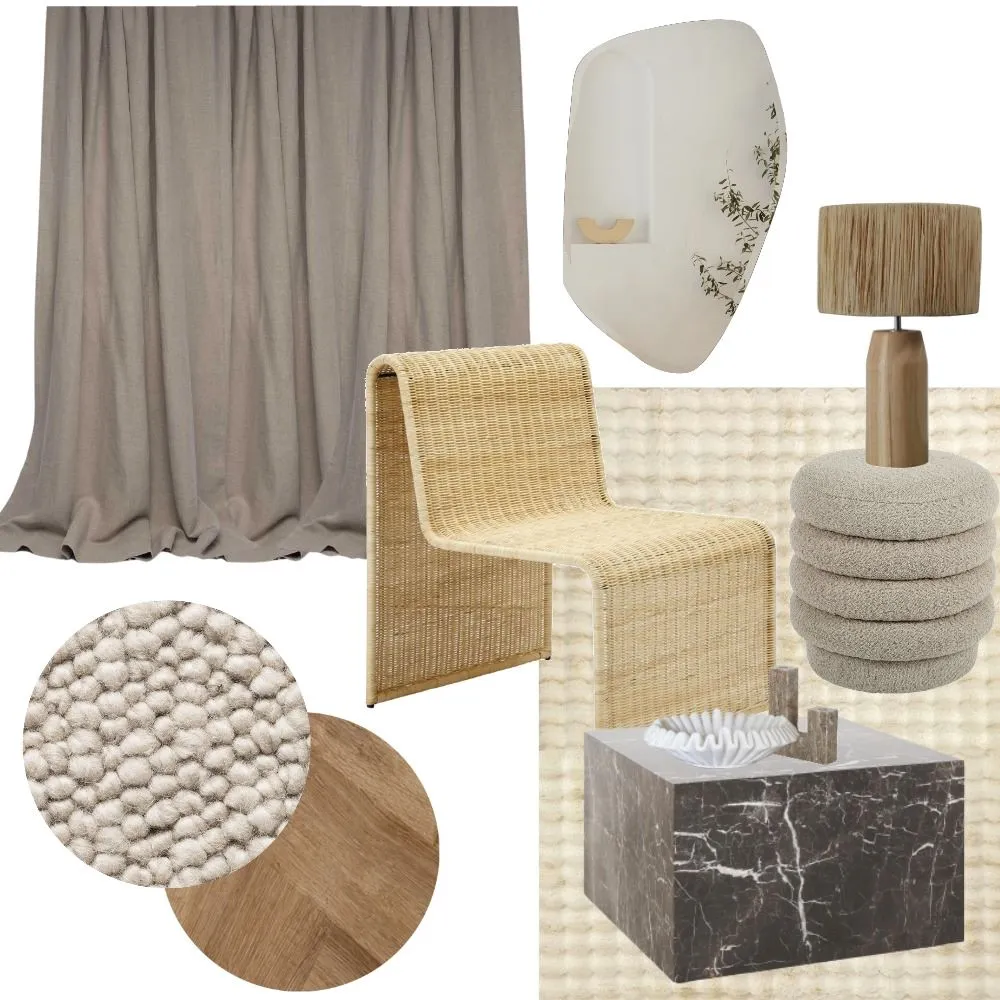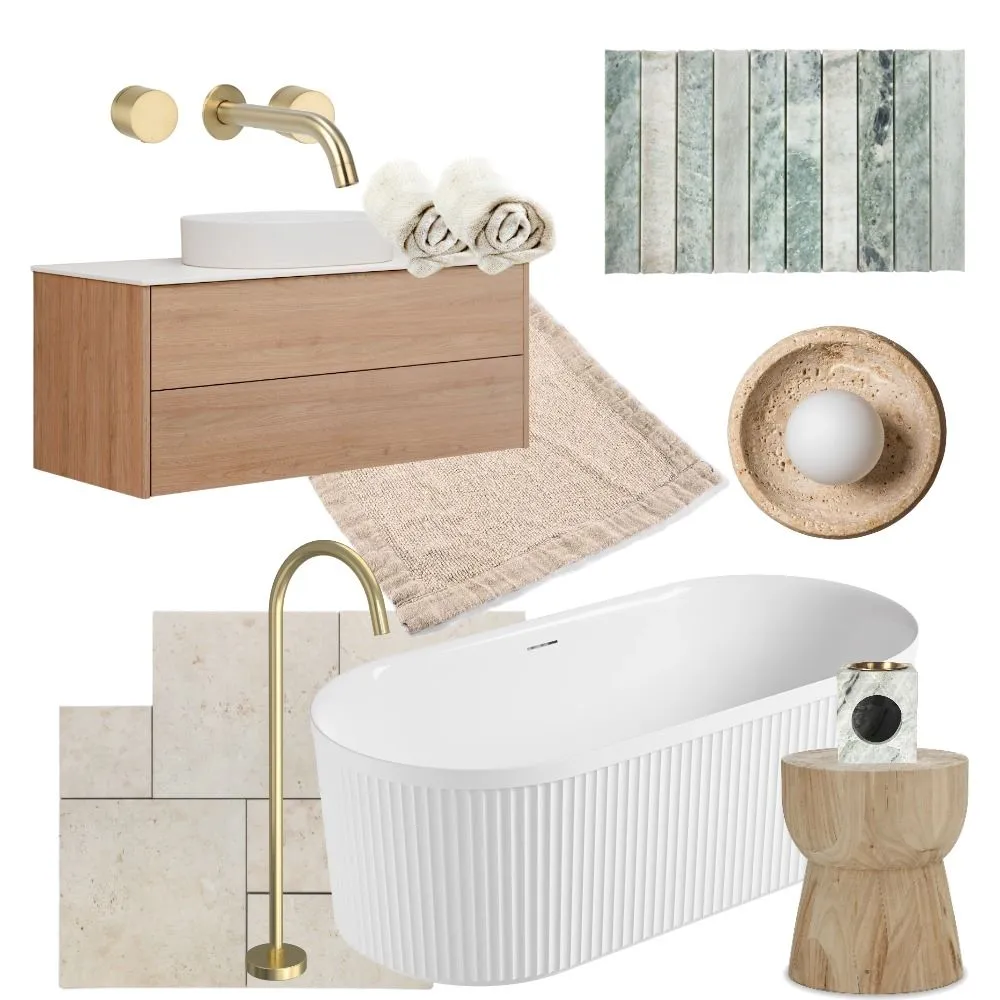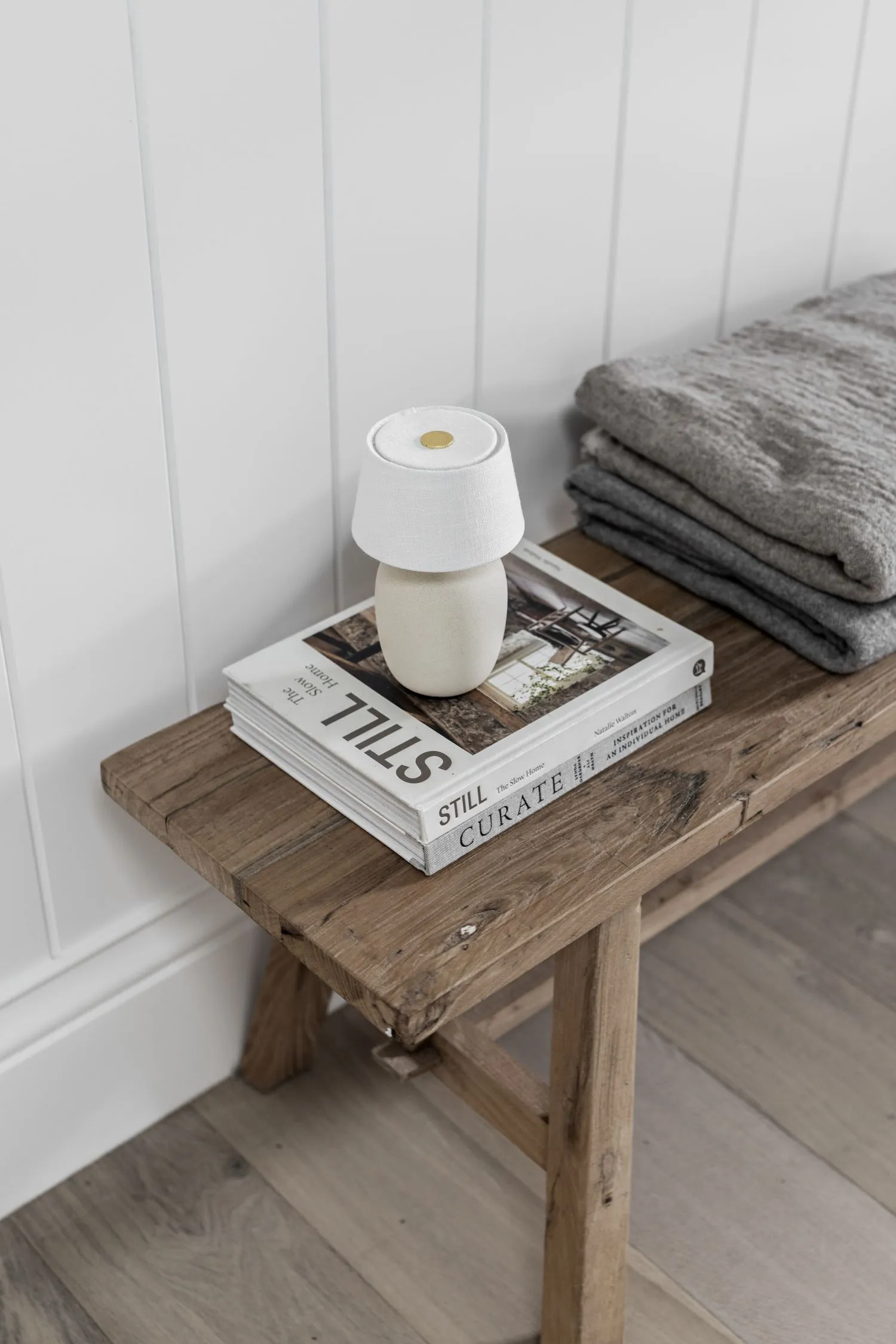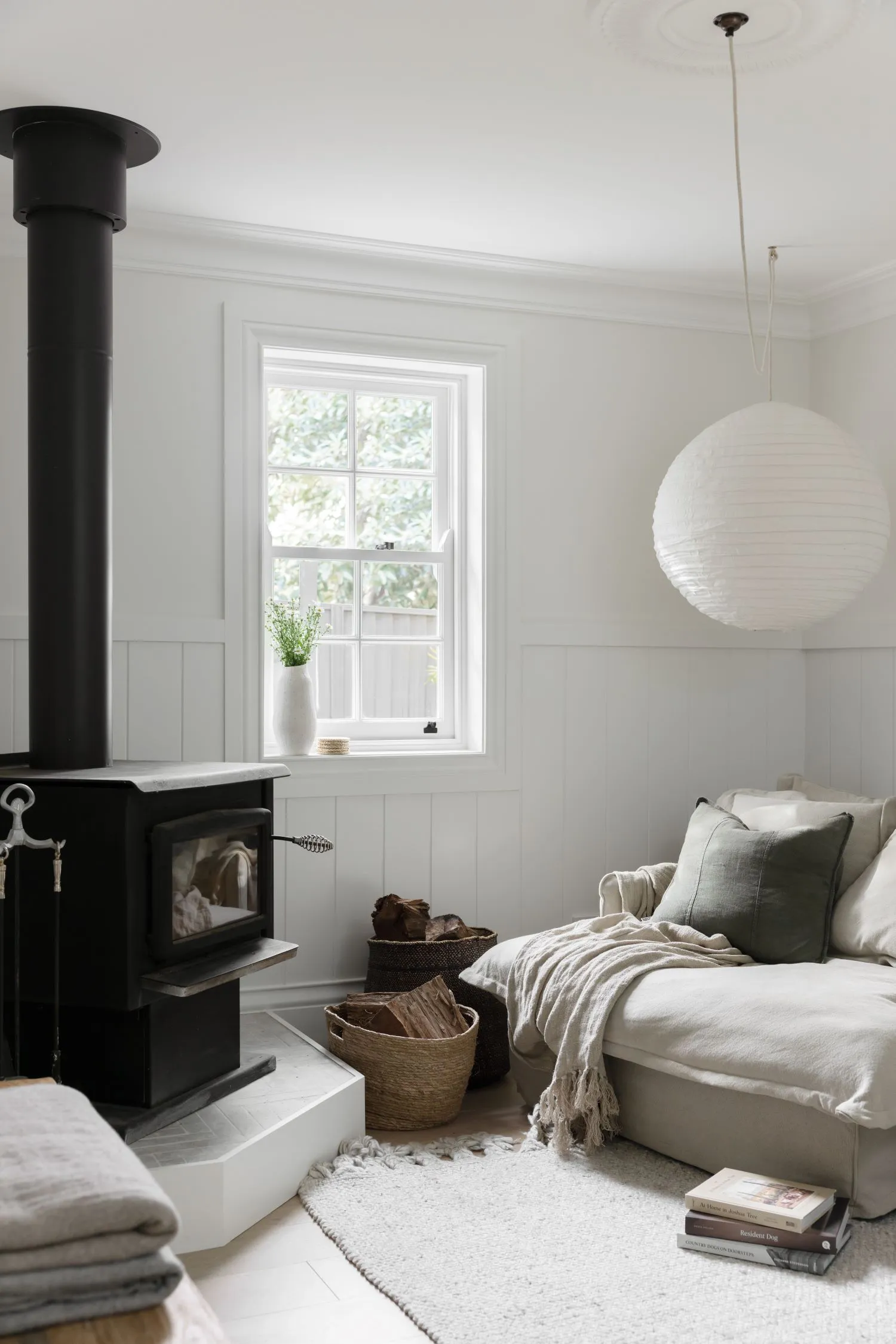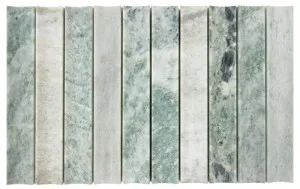Interiors
Balancing Layered Interiors
Layering interiors is more than just an action, it’s an expression of design. Creating layers builds dimension, adds texture, and works to evoke feelings within your space. We’ve been talking texture for a while now, but when we sat down with Emilee, Style Sourcebook’s Marketing Manager, she gave us some insight into a new take on texture, Layered Balance.
So, we’re diving into this forecasted trend and taking you step-by-step on how to achieve balanced layers within your home.
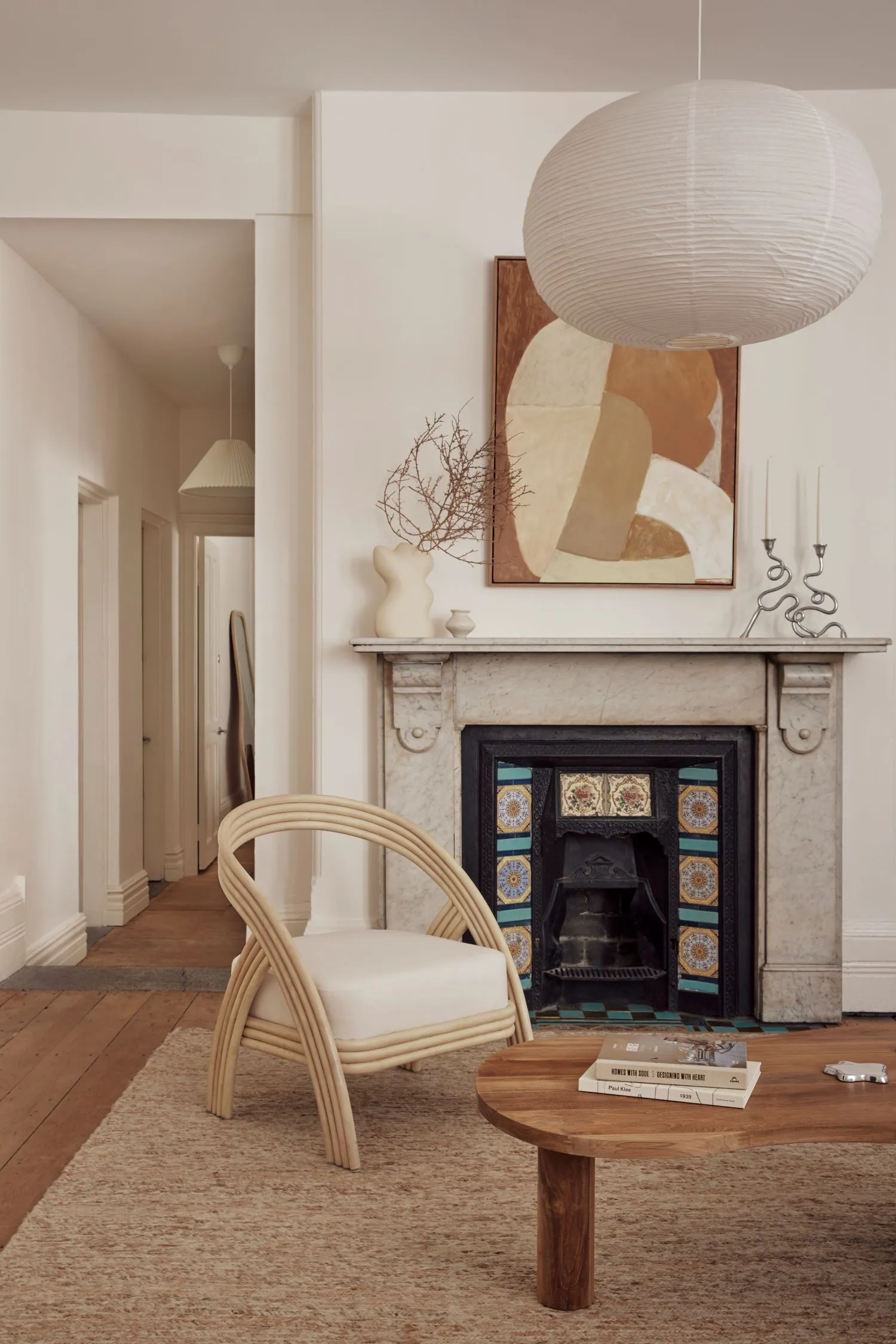 Image credit: McMullin & Co | III Rooms Sydney
Image credit: McMullin & Co | III Rooms Sydney
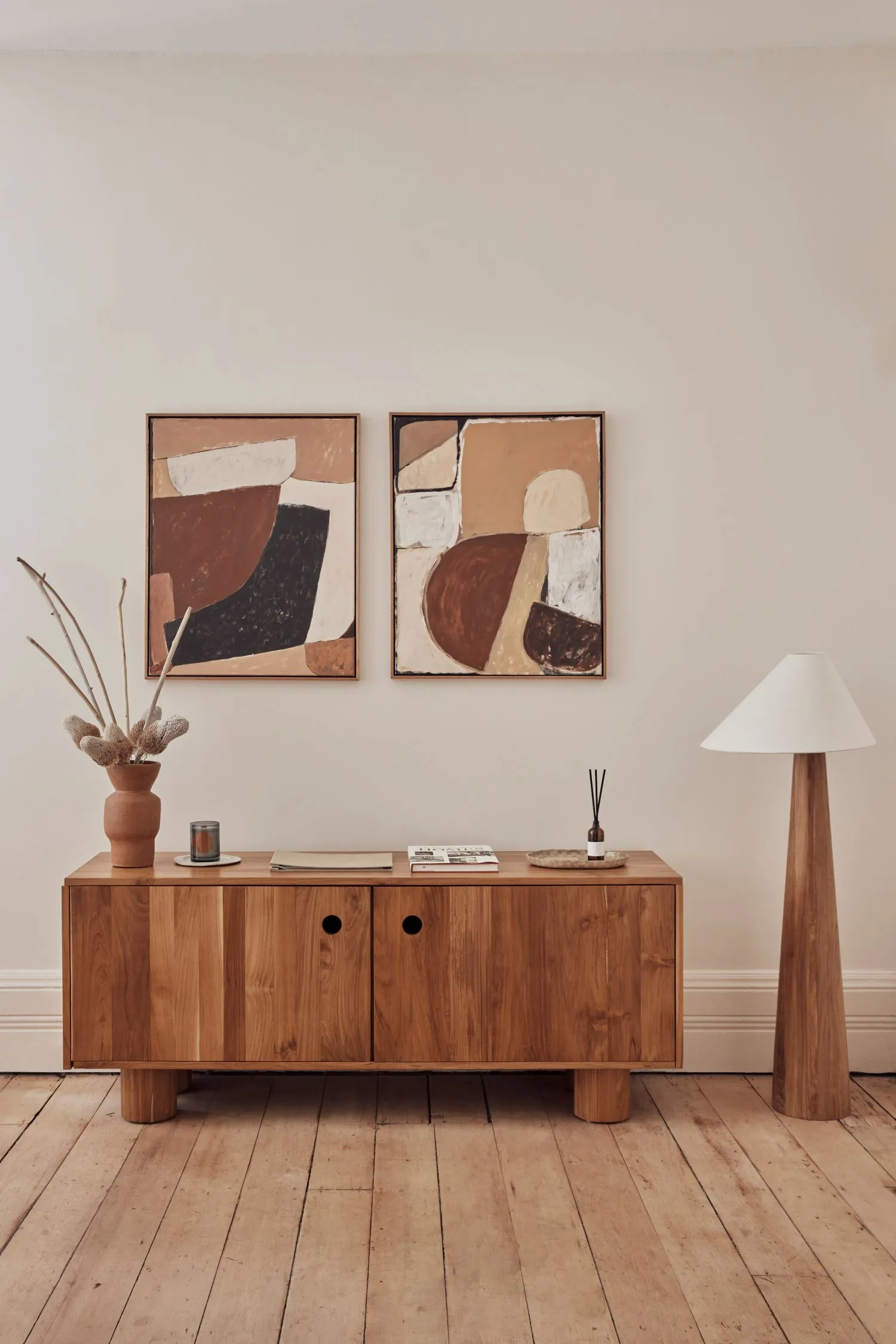 Image credit: McMullin & Co | III Rooms Sydney
Image credit: McMullin & Co | III Rooms Sydney
What is Layered Balance?
Generally speaking, Layered Balance is the art of using contrasting textures, patterns, colours, and products to create a space with depth. In the Style Sourcebook 2024 Interior Trends Forecast, we predicted that this trend would completely elevate the way people use texture.
“Layering an interior with different textures is the secret to creating an Instagram-worthy space,” notes Emilee. “Whether it’s a bathroom and you’re adding different textures in through your tile selections, or a living room and you choose to bring in texture through various materials used in your furniture and décor pieces, mixing different textures is an absolute must when designing a swoon-worthy space.”
How Do You Balance Layered Interiors?
This really is the golden question. Layered interiors will look different for everyone, depending on your style, lifestyle, and space. But luckily, there is a framework you can follow, which can be applied to all of these factors. The framework contains three stages, each with its own purpose; the first is functional, the second focuses on a blend of function and aesthetics, and the third is purely aesthetics. We’ll use a living room as an example, but don’t be afraid to bring layers into your bathrooms, bedrooms, kitchen, and beyond.
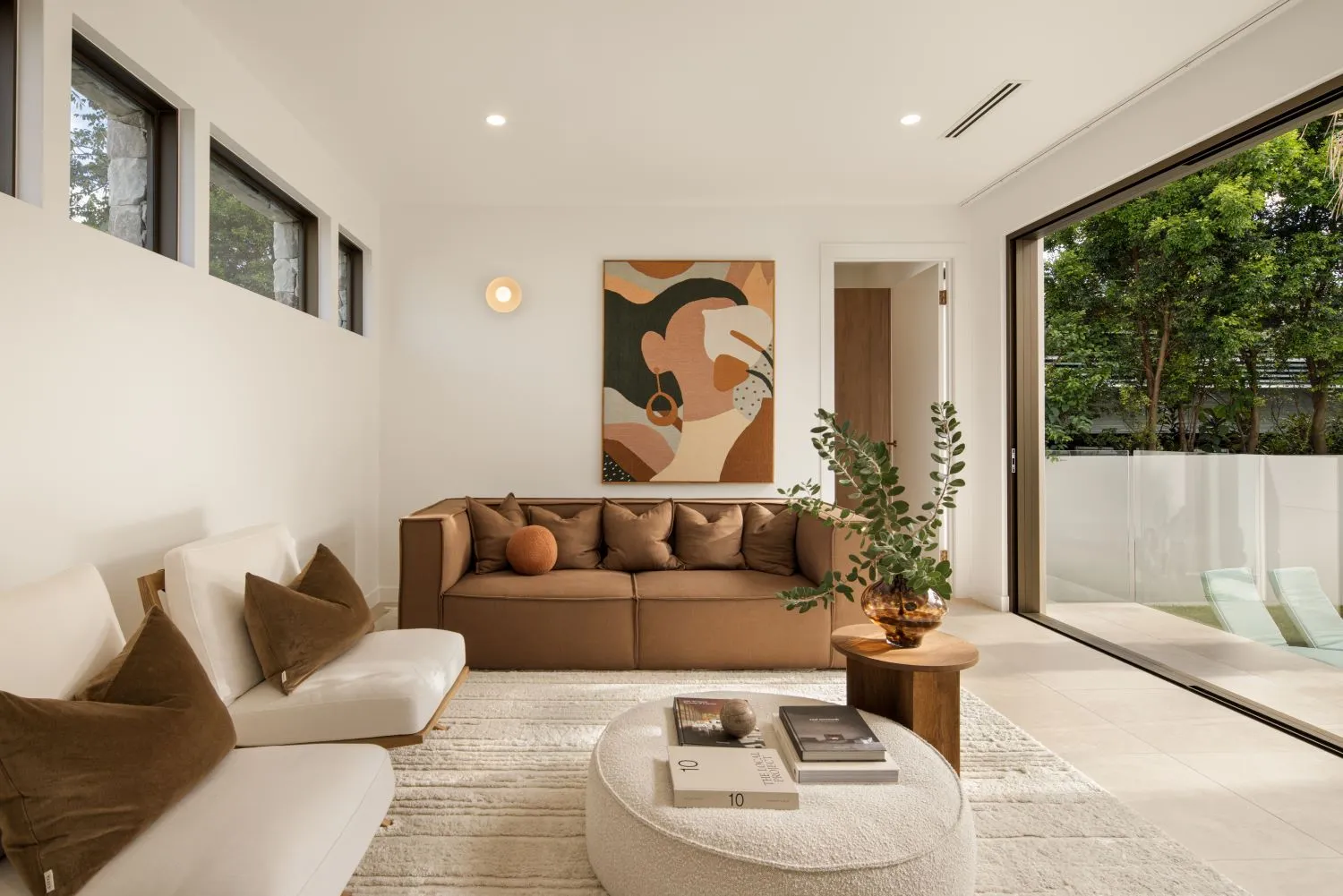 Image credit: SMUB Studio | Rex Whiticker
Image credit: SMUB Studio | Rex Whiticker
The First Layer
The first layer will focus on functionality. So, this essentially means starting with a black canvas and adding practical pieces. In your living room, this might look like a sofa, coffee table, TV unit, and so on. This step will help you to ensure that even with the extra layers, your room is first and foremost a functional space.
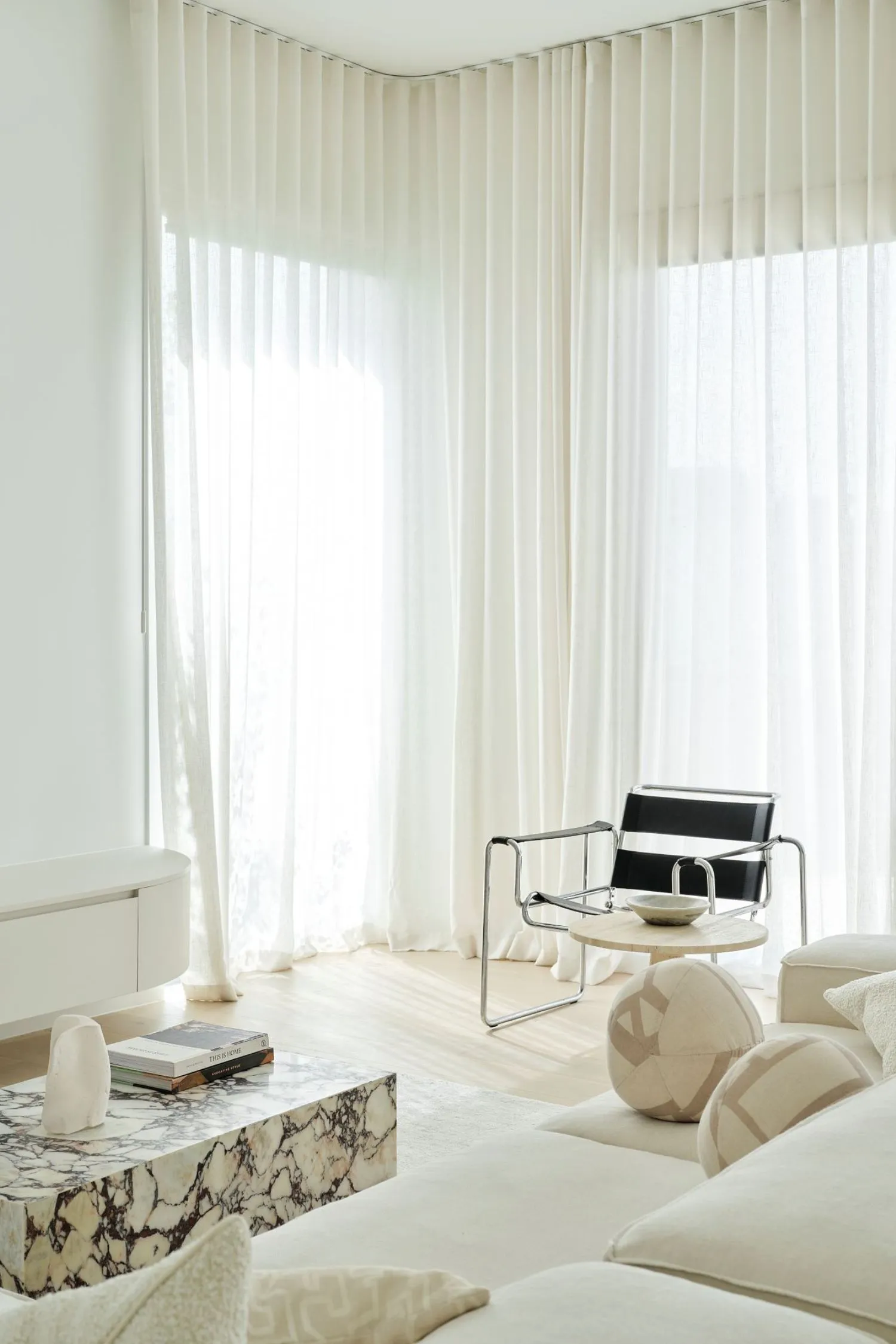 Image credit: McShane Studio | Anne Stroud Photography
Image credit: McShane Studio | Anne Stroud Photography
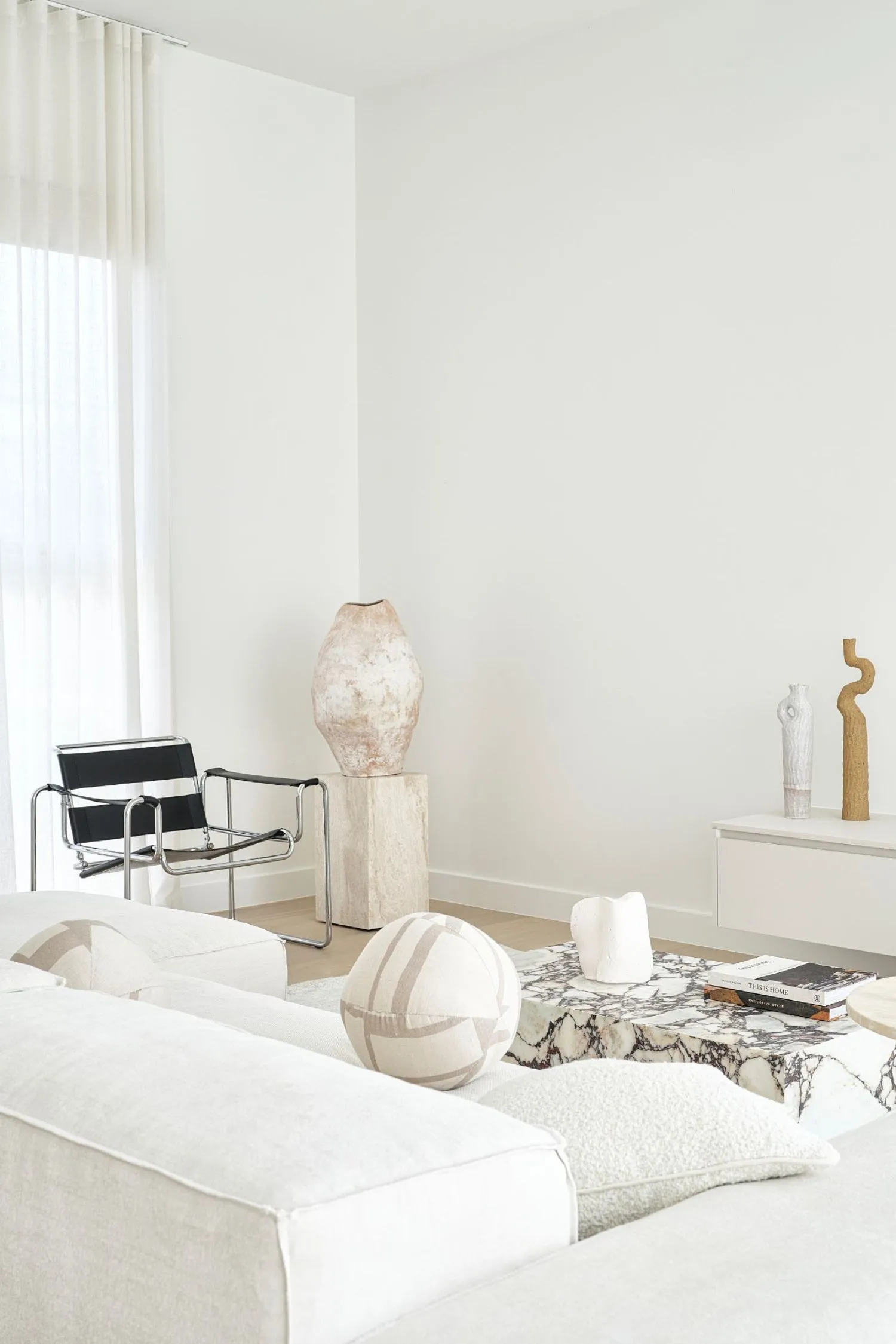 Image credit: McShane Studio | Anne Stroud Photography
Image credit: McShane Studio | Anne Stroud Photography
“…Mixing different textures is an absolute must when designing a swoon-worthy space.”
- Emilee | Marketing Manager, Style Sourcebook
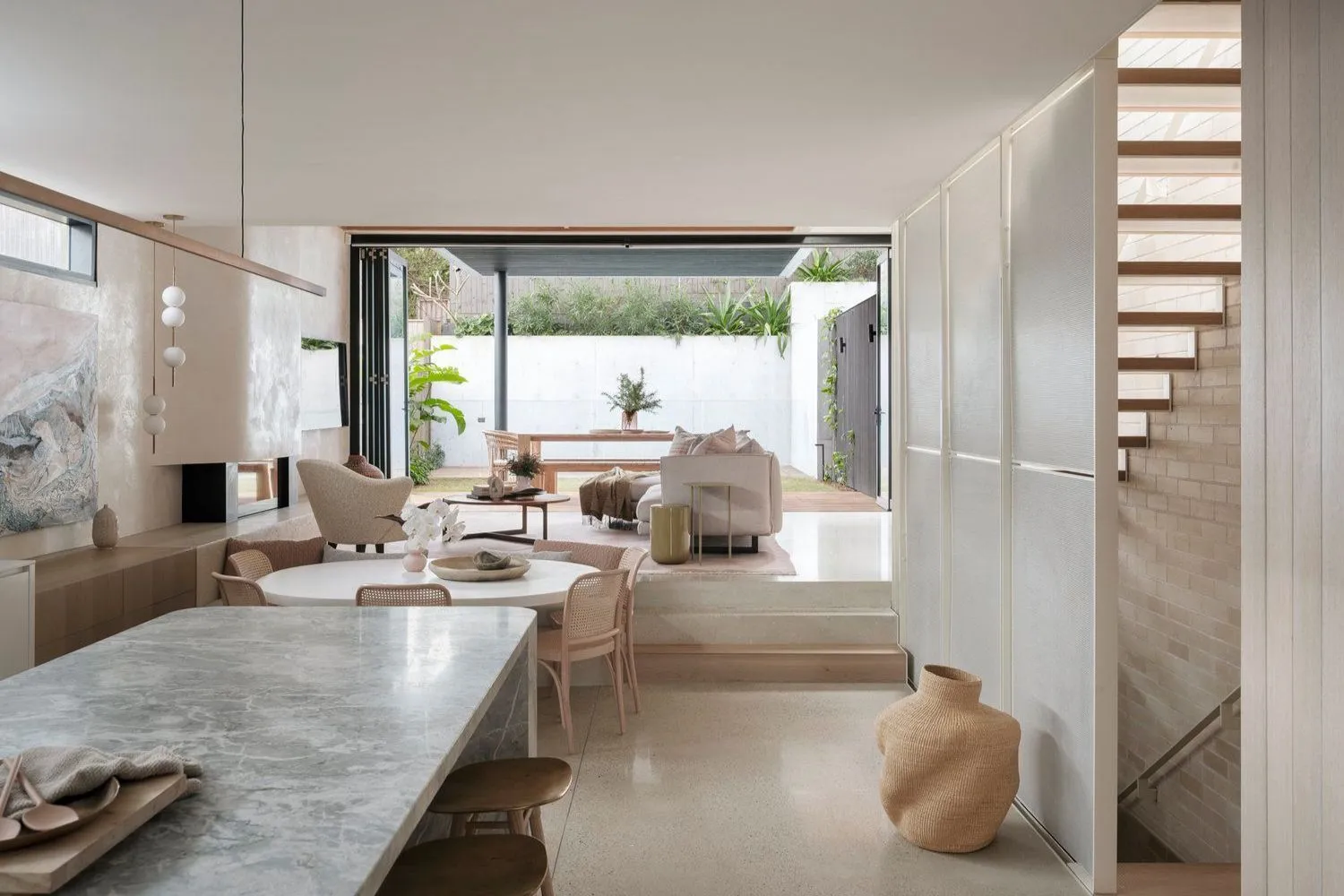 Image credit: SJS Interior Design | Tom Ferguson
Image credit: SJS Interior Design | Tom Ferguson
The Second Layer
The second layer, as the name suggests, sits between the first and third steps. It’s all about adding pieces that serve both functional and aesthetic purposes. For example, this step is the perfect time to add a rug to your living room. Not only does it add depth, but it can work to section off your living room and help create zones. Other products within the second layer also include wall coverings, like paint colours and wallpaper, and window coverings, such as sheers or blinds.
Tip: This is the perfect time to start playing with those contrasting textures and variations. We love combinations such as solid colours with patterns, and a blend of feminine and masculine materials.
Lighting is also included within this step. There are three layers of lighting, ambient, task, and accent, each serving a different purpose. Ambient has the role of being the primary source of illumination, task is designed to provide focused light for specific tasks or activities, and accent adds a little drama and can highlight specific elements. Using a combination of these three within your living room will create a gorgeous atmosphere.
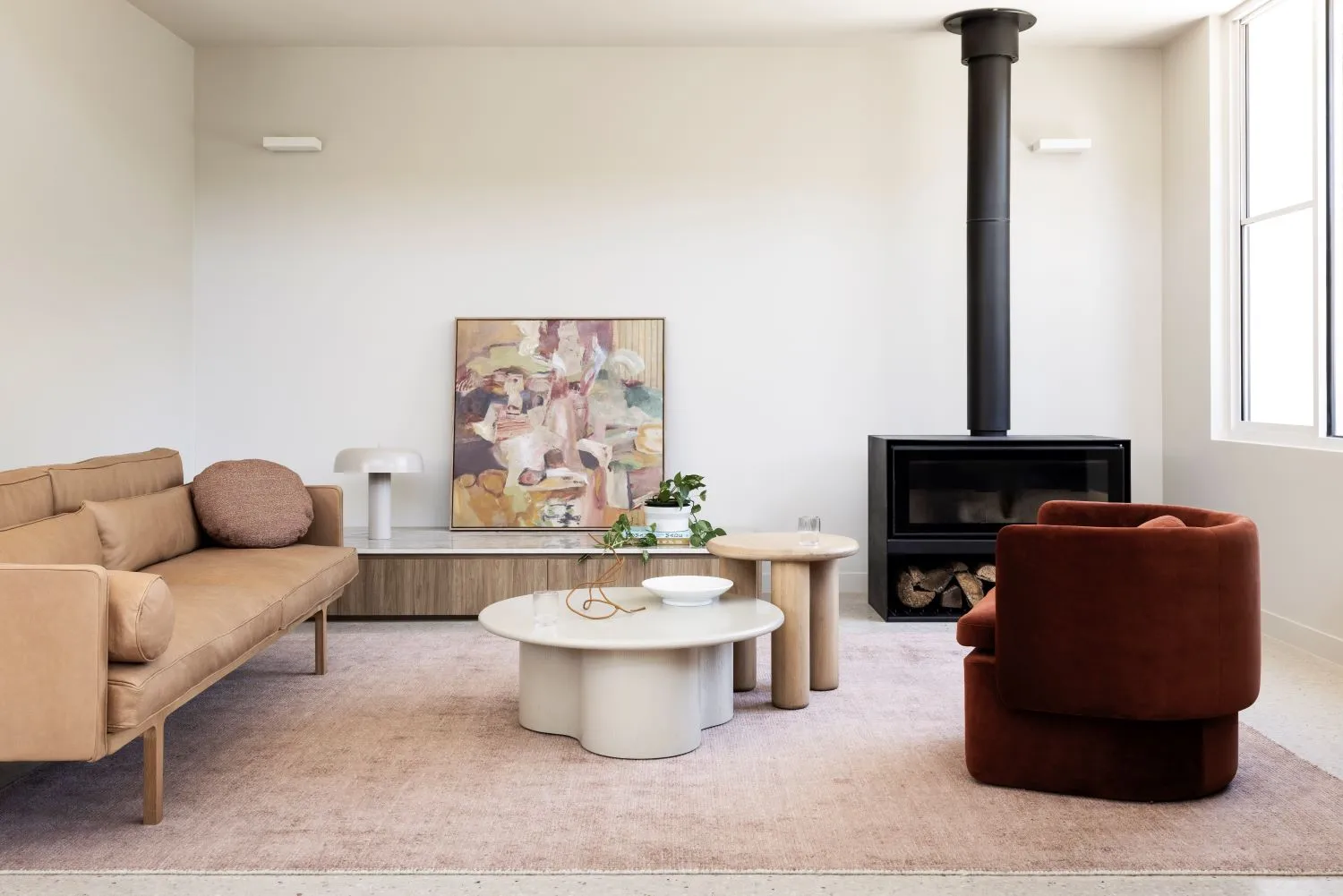 Image credit: Alison Lewis Interiors | BuildHer Collective | Dylan James
Image credit: Alison Lewis Interiors | BuildHer Collective | Dylan James
The Third Layer
The third layer is purely from an aesthetic perspective. Think additional layer décor, such as artwork, cushions, throws, photo frames, the list goes on. Even though this step may not have the same impact in terms of functionality, it’s no less important than the prior two steps. For example, the third layer will be how you add interest to spaces such as your coffee table. You’ll need to add intentional pieces to achieve depth and dimensions, which can sometimes take a bit of playing around with to ensure it doesn’t feel cluttered.
And Emilee’s top tip for creating texture? “The key to nailing this trend is to always include at least three different textures in every space. So, if you’re designing a living room then think about how you can include at least three different textures into the room. An example of this could be including linen sheer curtains paired with a boucle armchair and leather sofa. Or if you’re designing a bedroom space, make sure you include at least three different textures in your bed linen and coverings.”
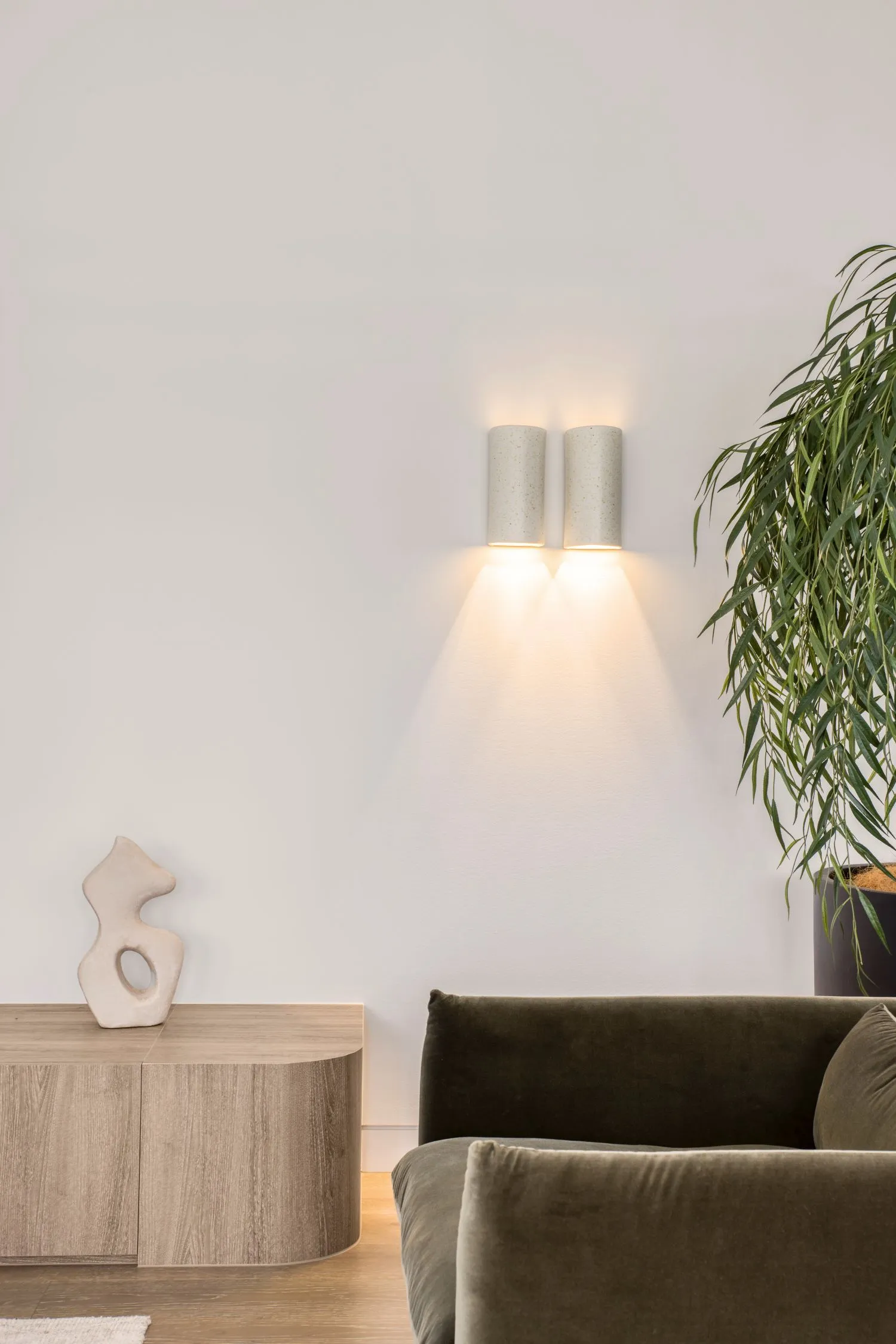 Image credit: Evoque Interiors | Kristian van der Beek
Image credit: Evoque Interiors | Kristian van der Beek
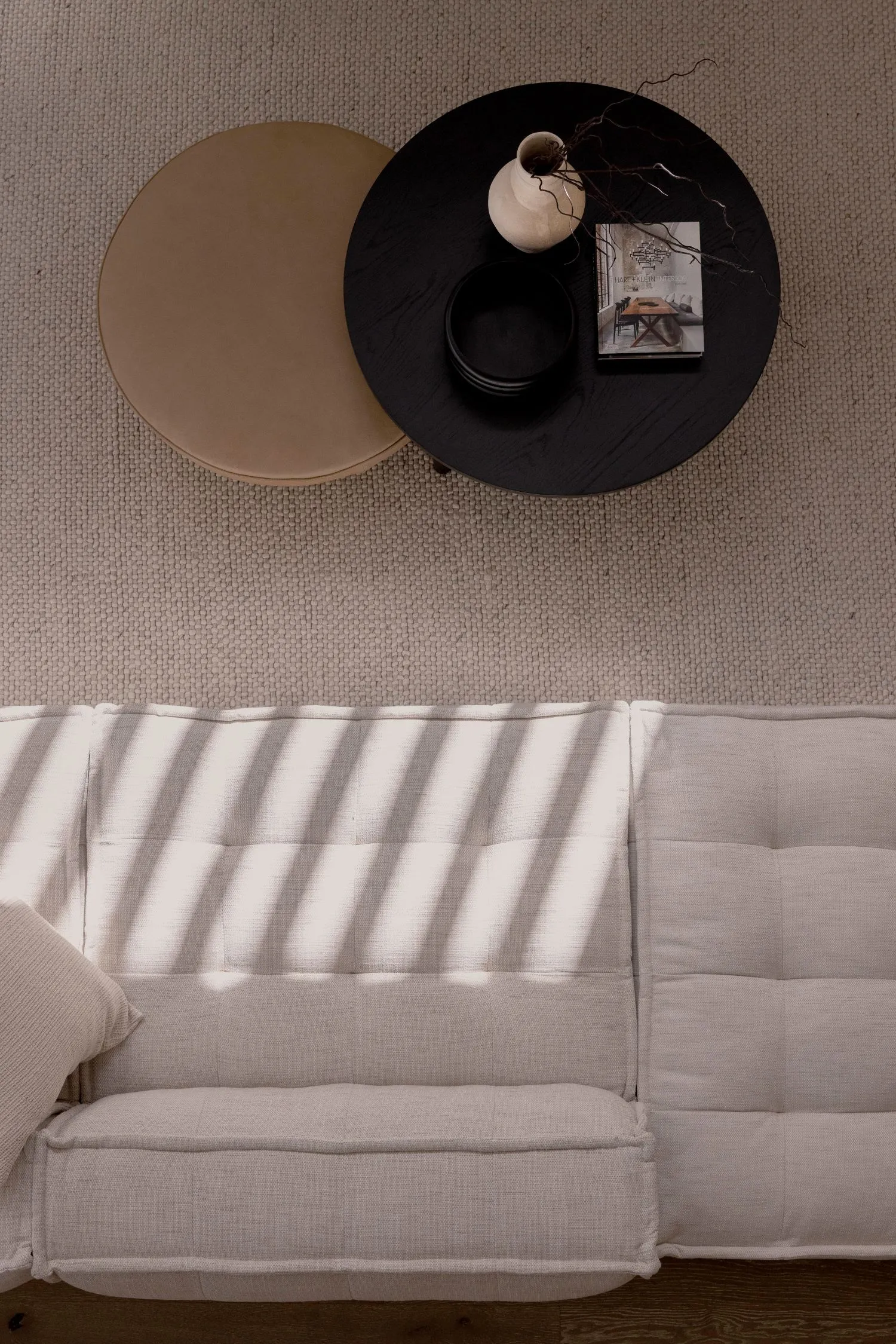 Image credit: Evoque Interiors | Kristian van der Beek
Image credit: Evoque Interiors | Kristian van der Beek
We hope you’re feeling inspired to try balancing layers within your home or next design project. For more inspiration, visit our mood board library. Or to start your layered interiors journey, check out our mood board tool.

